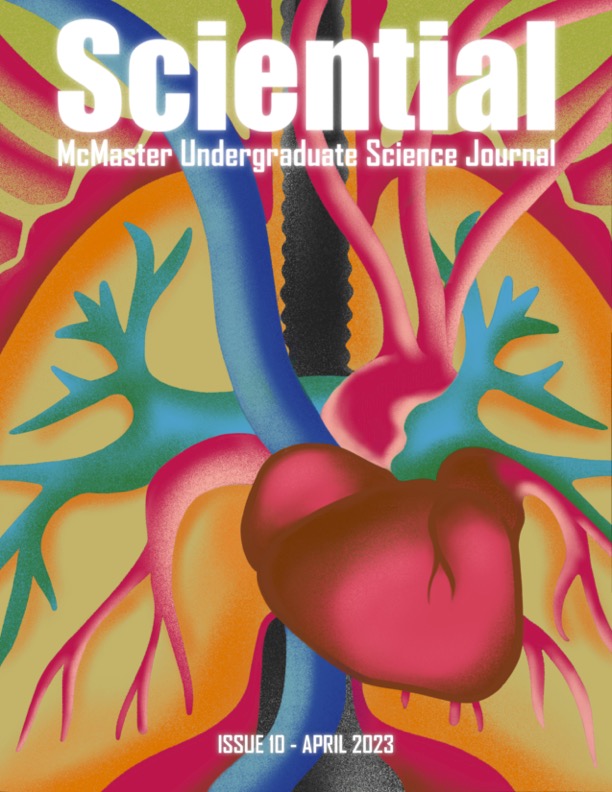The Effect of Varying Eccentric Velocity on Muscle Hypertrophy
DOI:
https://doi.org/10.15173/sciential.v1i10.3339Keywords:
muscle hypertrophy, eccentric training, contraction velocity, medial deltoidAbstract
Resistance training is essential to muscle hypertrophy as it fatigues fibres through time-under-tension (TUT). As myocyte energy depletes, metabolites accrete, leading to inflammation to increase cell size, so it is adapted for future stimuli. TUT can be measured by varying eccentric velocities: i.e., the rate at which a muscle lengthens under load. A longer period of lengthening will lead to greater metabolite accretion and inflammation. However, it is unknown whether TUT is a threshold or if it can gradually increase and lead to more muscle growth. Through a literature review and experiment, this project investigates the effect of varying eccentric velocity on muscle hypertrophy. Previous research in the field of muscle physiology and metabolism were explored, with an emphasis on eccentric training. The supplementary experiment measured shoulder growth in response to the medial deltoid exercise called lateral raises, where different eccentric velocities were assigned to groups. Individualistic daily calorie and protein intake were controlled to ensure that sufficient nutrients were available for recovery and performance. Surprisingly, post-experimental research suggested that high-velocity eccentric training was best for hypertrophy due to greater levels of force production. This was consistent with the experiment, which found that the group with a fast-velocity eccentric, a lower TUT, experienced greater growth. They also exhibited greater strength gain due to neuromuscular junction adaptation. These findings related to TUT are significant for designing exercise regimens that are optimal for the prevention and rehabilitation of musculoskeletal injuries and disorders. The review’s findings suggest that fast-velocity eccentric contractions are ideal for increasing muscle size and strength.
Downloads
Published
How to Cite
Issue
Section
License
Copyright (c) 2023 Sciential - McMaster Undergraduate Science Journal

This work is licensed under a Creative Commons Attribution-NonCommercial-ShareAlike 4.0 International License.
Authors submitting to the journal must adhere to the terms of Attribution-ShareAlike 4.0 International (CC BY-SA 4.0) license as outlined below:
1. You are free to share (copy and redistribute) any material from this journal, granted you have given appropriate credit, provided the link to the license, and indicated whether changes were applied to original work.
2. You are free to adapt (remix, transform, and build upon) any material from this journal, granted you distribute your work under the same license.



